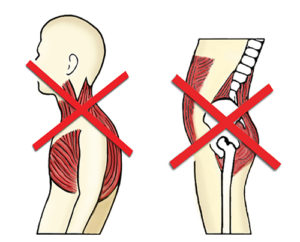Working with Brainwaves to Advance Client Healing

Grasping Brainwave Basics
The human brain contains billions of neurons that communicate via electrical wave-like signals, appropriately named brainwaves. German psychiatrist Hans Berger discovered these electrical signals in humans in 1929, using an invention he called electroencephalography (EEG).2 By placing electrodes on a subject’s scalp, Berger was able to record the brain’s electrical activity.(Image 2.) He categorized these impulses by their frequencies and studied how each wave pattern altered the subject’s state of consciousness. Berger labeled the frequencies in hertz (Hz), or the number of times a wave repeats within a second. He then noted how mental performance suffered if any of these frequencies was deficient, excessive, or difficult to access. Below are the four most common brainwave frequencies and a fly-by on their individual characteristics.
- Beta waves oscillate at high/fast frequencies, between 13 and 38 cycles per second (Hz), and register on EEG when the client is excited, focused, or tense. Beta frequencies may indicate a state of alertness or possibly chronic stress.
- Alpha waves measure between 8 and 12 Hz and are present when the person is calm and relaxed yet attentive.
- Theta waves have a frequency of 4 to 8 Hz and occur in sleep and deep relaxation. Indicative of an inner focus and vivid imagery, clients are most open to positive reinforcement at this frequency.
- Delta waves oscillate at the slowest frequency, typically under 4 cycles per second. They are generated in deep meditation, dreamless sleep, and occasionally during a bodywork session. Cellular healing and regeneration occur in this brain state.
Recognizing Brainwave States
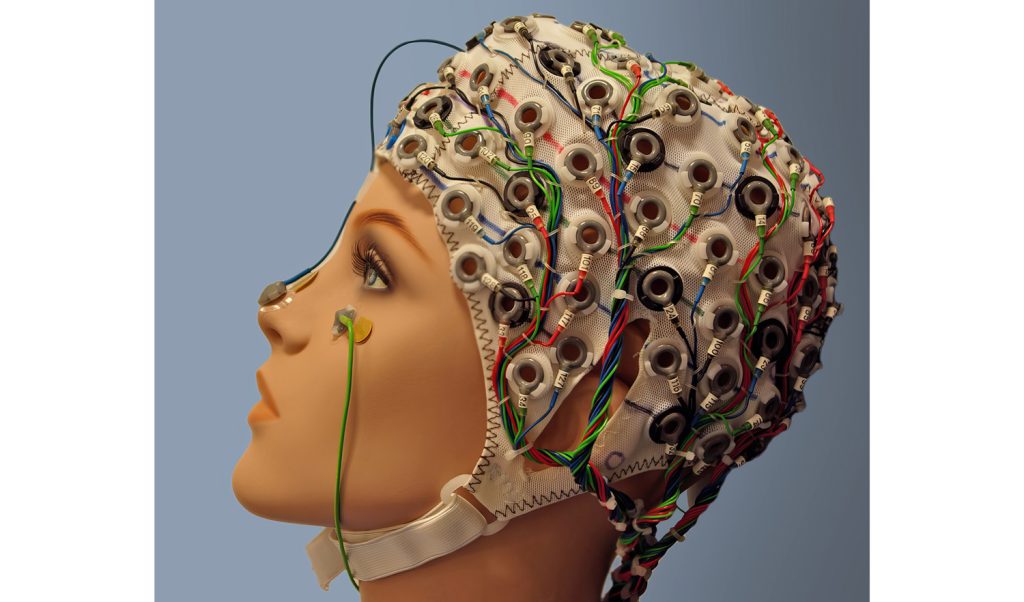
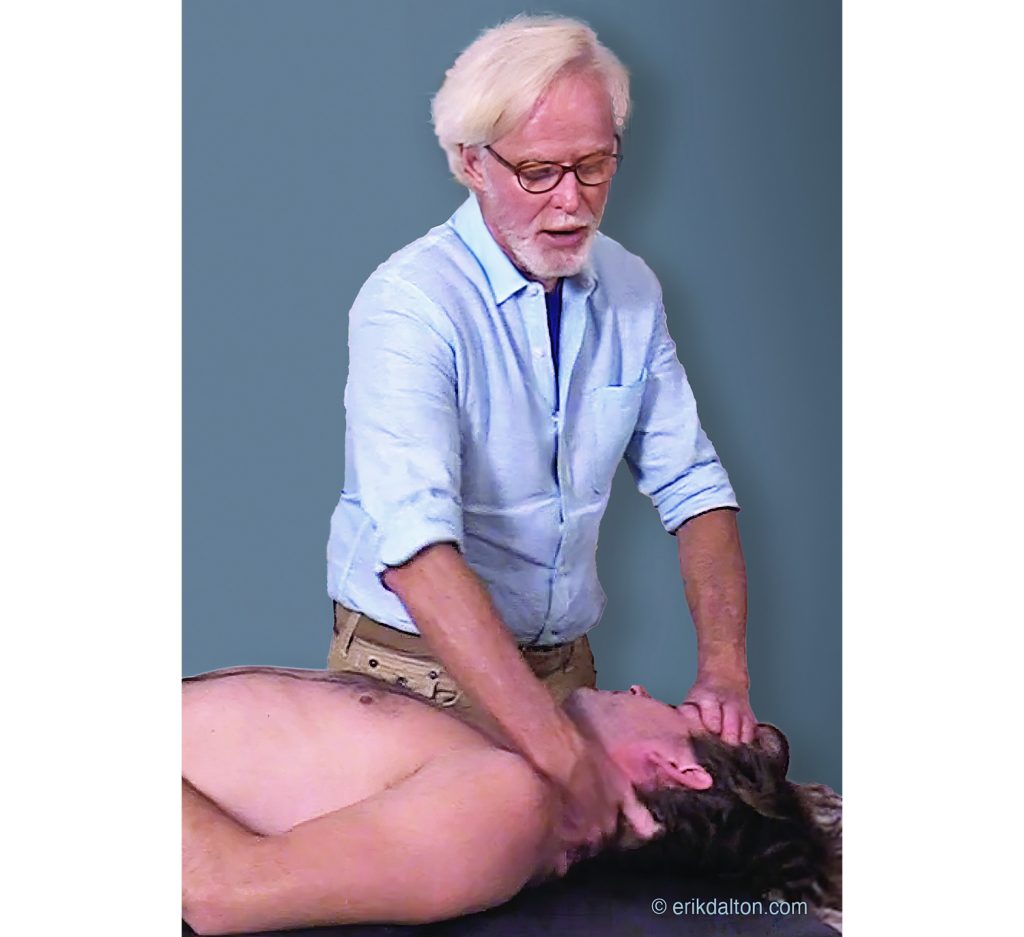
Getting to Theta
I find it more difficult to get the client into a deeper, more suggestible theta state when they think I may be looking at them or expecting them to talk. So, I typically have them roll over face down and continue with relaxing neck and upper trapezius work until I sense they have established normal diaphragmatic breathing, sometimes appearing as a big sigh. At this point, I know they’re deep enough in alpha to try to bring them down to a theta brainwave state. The most effective way I’ve found for inducing this deep brainwave state is through slow low back and sacral base unwinding techniques. In Images 4 and 5, I enhance the unwinding by gently resisting as they inhale and taking up the slack on exhalation.
When treating chronically stressed clients, try and maintain a quiet, attentive state, keep the client warm and comfortably covered, and work slowly with steady pacing and pressure. The goal is to impose a rhythm that encourages the client’s brain to drop into that dream-like state. With the client in theta, be sure to respond appropriately to any verbal and nonverbal feedback by offering relaxation cues, such as, “It’s safe for you to switch off and relax.” Such attuned communication is essential for successful treatment — and it plays a huge role in building a loyal customer base, too.
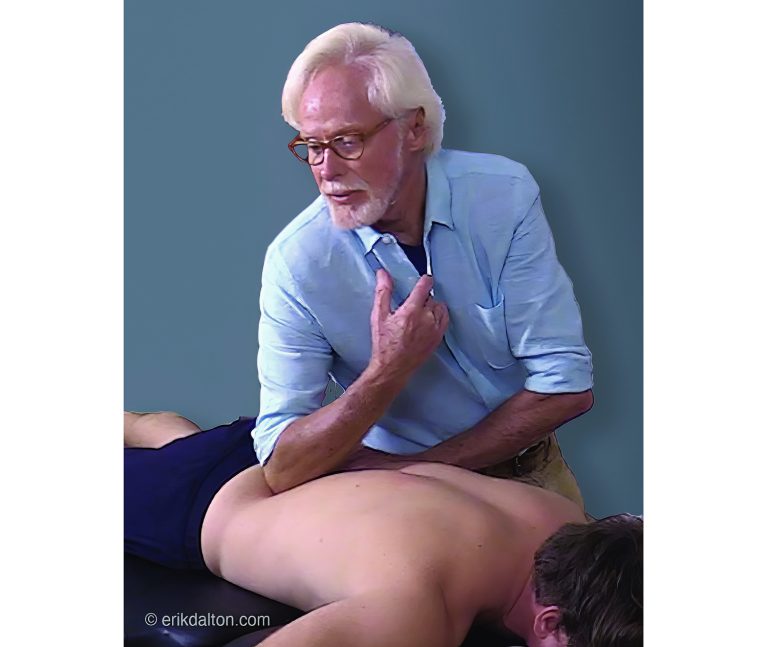
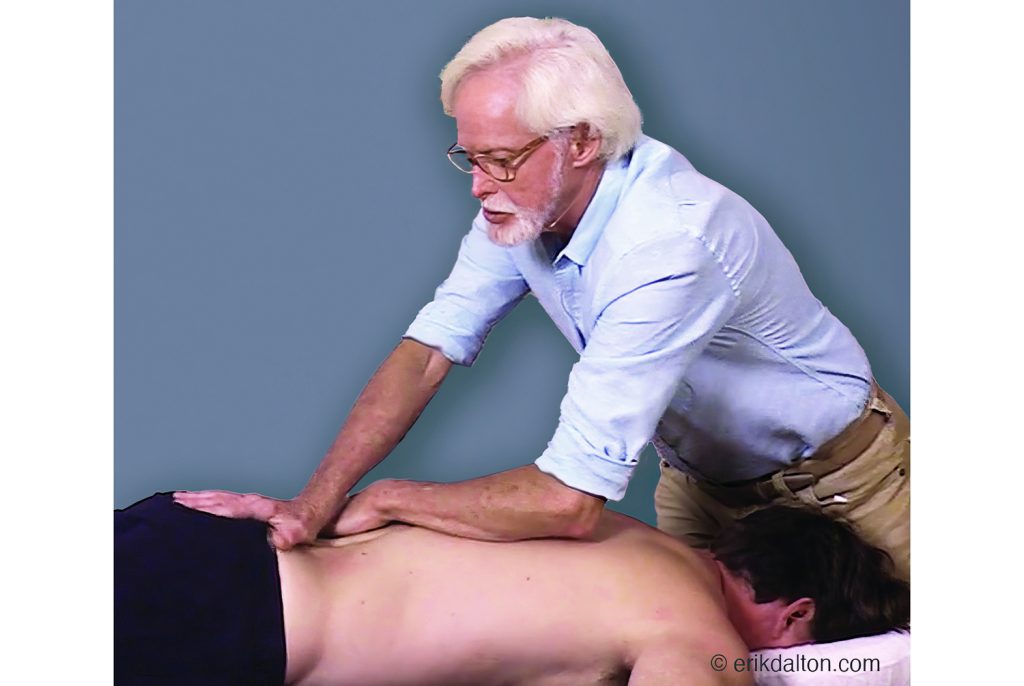
References
- Singh, H., Bauer, M., Chowanski, W., Sui, Y., Atkinson, D., Baurley, S., Fry, M., Evans, J., & Bianchi-Berthouze, N. (2014). The brain’s response to pleasant touch: an EEG investigation of tactile caressing. Frontiers in Human Neuroscience, 8: 893.
- İnce, R., Adanir, S., & Sevmez, F. (2021). The inventor of electroencephalography (EEG): Hans Berger (1873–1941). Child’s Nervous System, 37(9), 2723–2724.
On sale this week only!
Save 25% off the "Dalton Technique Treasures" eCourse
The “Dalton Technique Treasures” eLearning course is a compilation of some of Erik’s favorite Myoskeletal Alignment Techniques (MAT). Learn MAT techniques to assess and address specific sports injuries, structural misalignment, nervous system overload, and overuse conditions. ON SALE UNTIL April 29th! Get Lifetime Access: As in all our eLearning courses, you get easy access to the course online and there is no expiry date.






